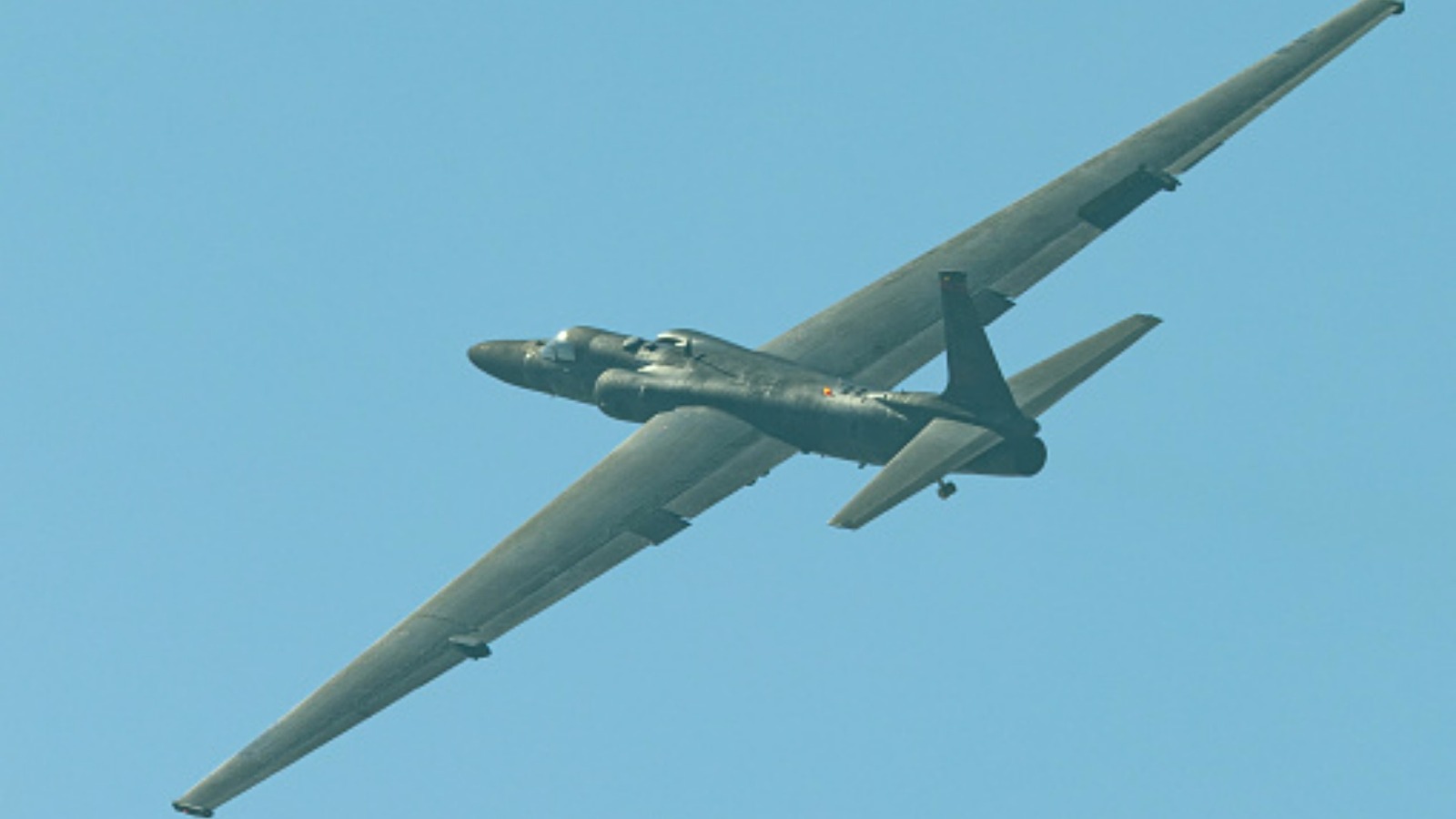
An aircraft doesn’t remain in operation for over seven decades without putting something on the table, and the U-2 didn’t disappoint. While the USAF uses it to gather intelligence during combat operations, it can support strategic ISR missions during peacetime. USAF pilot Capt. Francis Gary Powers’ U-2 was shot down over Sverdlovsk, Soviet Union, in 1960, escalating tensions between the U.S. and the USSR.
Two years later, another U-2 was shot down over Cuba, furthering tensions. A U-2 captured the images of nuclear missile site construction in Cuba, which sparked the 1962 Cuban Missile Crisis, and more recently, a U-2 tracked a Chinese spy balloon over the United States. Throughout all these engagements, the U-2 provided excellent and relatively timely intelligence to warfighters, so it played an essential role in numerous operations since its introduction.
The U-2 has a small radar signature and operates at a 70,000-foot altitude, which makes it challenging to shoot down. Still, the U.S. lost some while flying missions over enemy territory, but the USAF continued using U-2s long after more robust and technologically advanced options arose. These days, ISR missions employ various collection tools to build a complete picture of the battlespace, and the U-2 is still an integral part of that endeavor.

